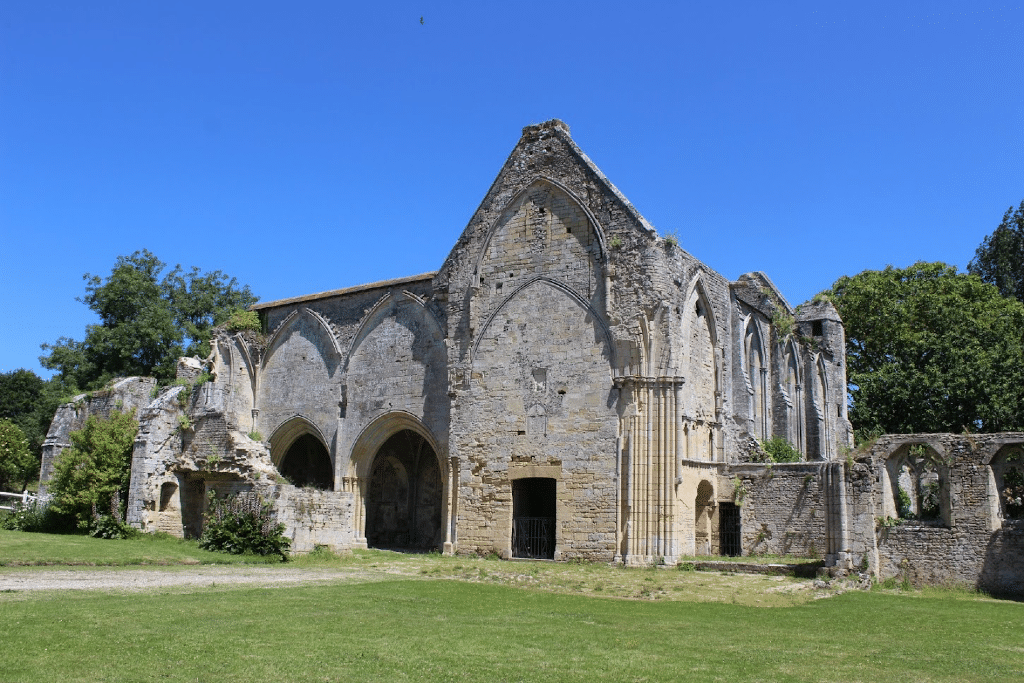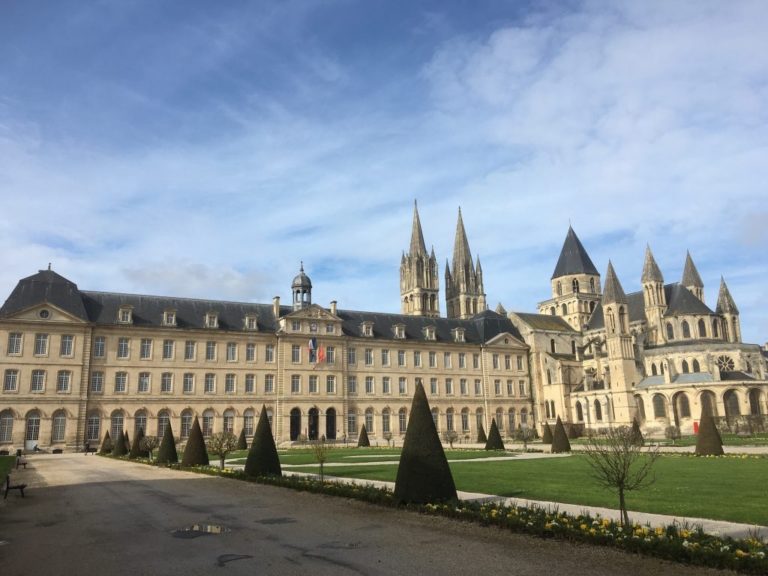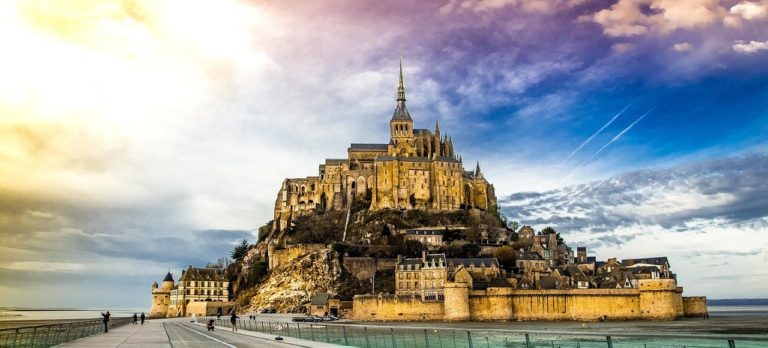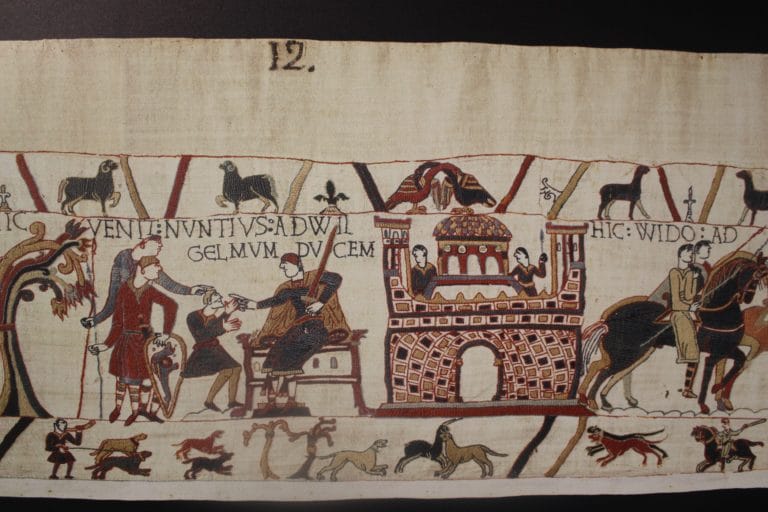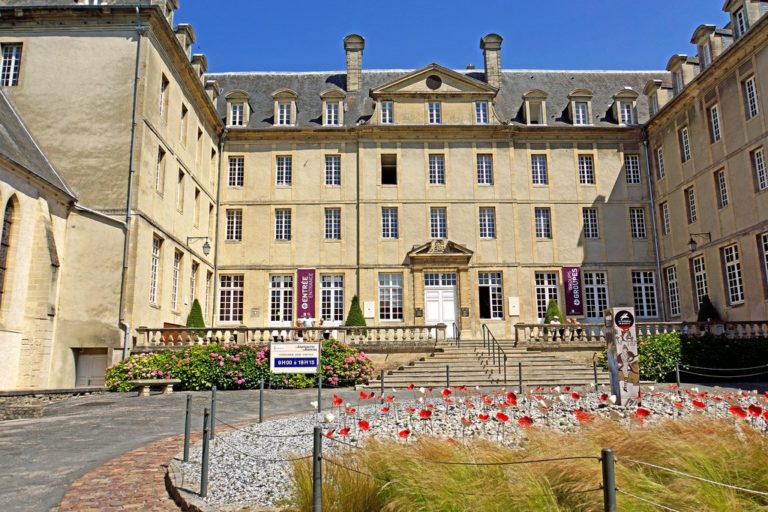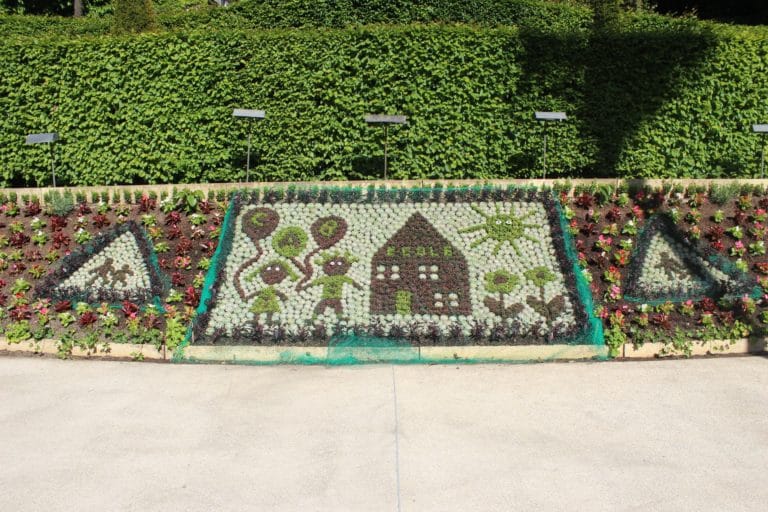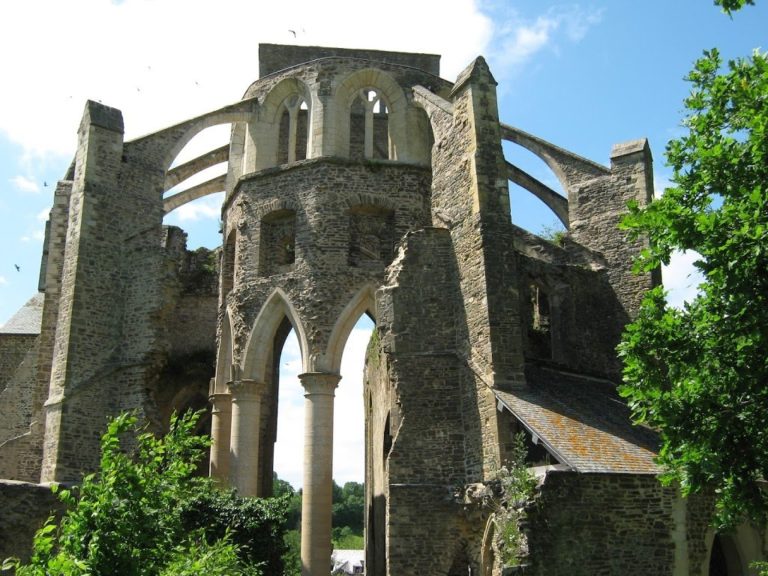Normandy Heritage
Introduction
From the reign of William the Conqueror through to D-Day, Normandy’s heritage and history have been turbulent. These historic events have left a rich heritage of cathedrals, abbeys, castles, museums, historic buildings, churches, chapels, manor houses, war sites, cemeteries and memorials.
Many of the cathedrals, abbeys and castles were built in the 11th and 12th centuries. During the Hundred Year’s War and the French Revolution many buildings were destroyed or fell into disrepair. Fortunately, many have subsequently been restored for future generations to enjoy.
Find out more about seven Normandy heritage treasures by reading on.
History and Heritage
1. Hambye Abbey
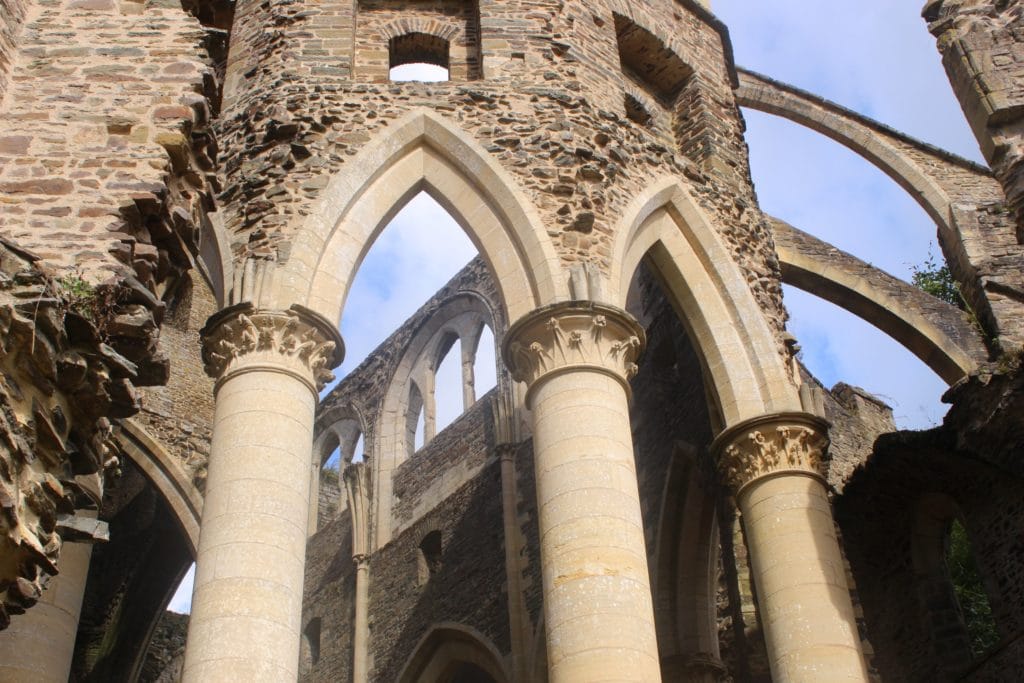
The abbey dates from the 12th century and was once a thriving monastery. However, it fell into decline with the last monks leaving shortly before the French revolution. Despite being quarried, the abbey church ruins exude peace and serenity. The buildings are extensive and many of them are intact having being restored. A room above the gatehouse as well as the Lay Brothers’ House often house exhibitions and tell the history of the abbey.
The Chapter House is where the monks met every morning to read an extract from the Rule of Saint Benedict. They also dealt with the abbey’s daily business and heard confessions. The cloister occupies the space between the church, the Lay Brothers’ House, the monk’s accommodation and the refectory. It was a space for prayer, meditation and reflection. Today, very little of it remains except for 6 small columns but it boasts a small well-tended garden.
History and Heritage
2. Lucerne Abbey
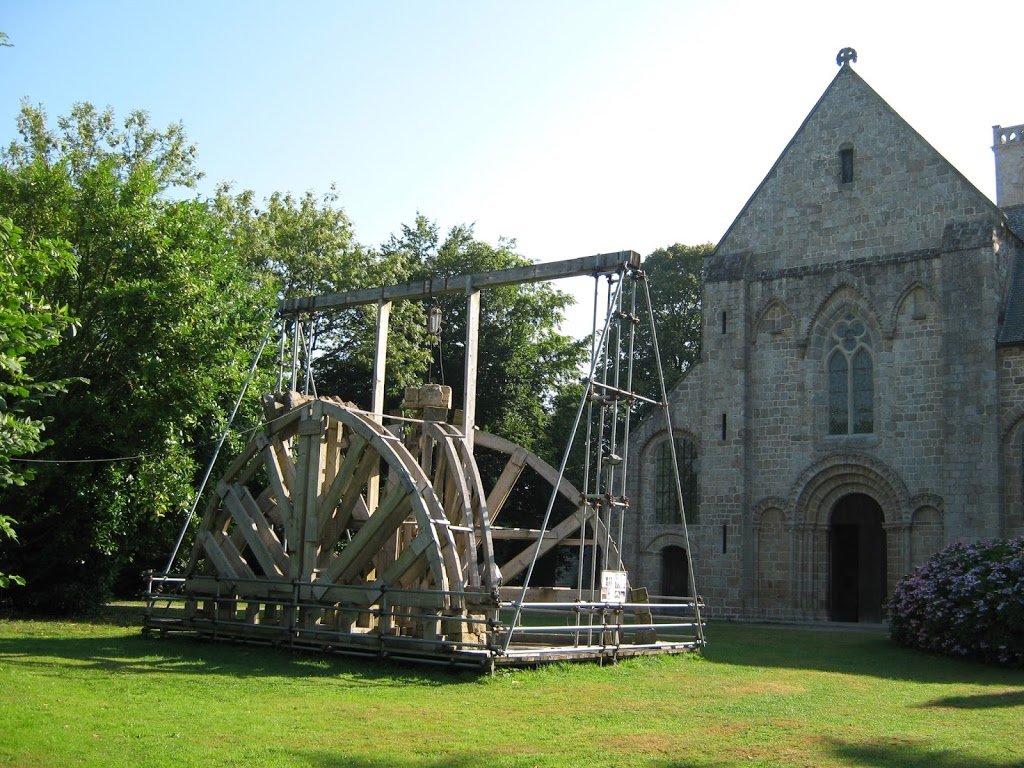
Lucerne Abbey was founded in the mid 12th century and destroyed during both the Hundred Years’ War and then during the Religious Wars. During the French Revolution a wealthy local ship owner bought the abbey and converted it into a cotton mill. A viaduct was built to bring water onto the site for the machinery and trenches dug for the removal of the waste water. This was, literally, to be the abbey’s downfall. The trenches had been dug too close to the base of the pillars in the church and they began to crumble. The abbey was sold once again and extensively quarried.
Abbot Marcel Lelégard bought the ruins in 1959 aged 34 and his passion and dedication have produced amazing results. The church and refectory have been completely re-built. The dovecote, tithe barns, abbot’s house and grain mill have been restored. The Lay Brother’s house will be part of a future renovation project. Sadly, some buildings have disappeared – the dormitory, chapter house, sacristy and infirmary to the south of the church. Also, very little remains of the cloister. However, Abbot Lelégard’s vision continues today and the impressive ongoing restoration programme will no doubt breathe more life into the stunning abbey buildings for generations to come. The abbey buildings are in La Lucerne d’Outremer which is between Granville and Villedieu-les-Poêles.
History and Heritage
3. Pirou Chateau
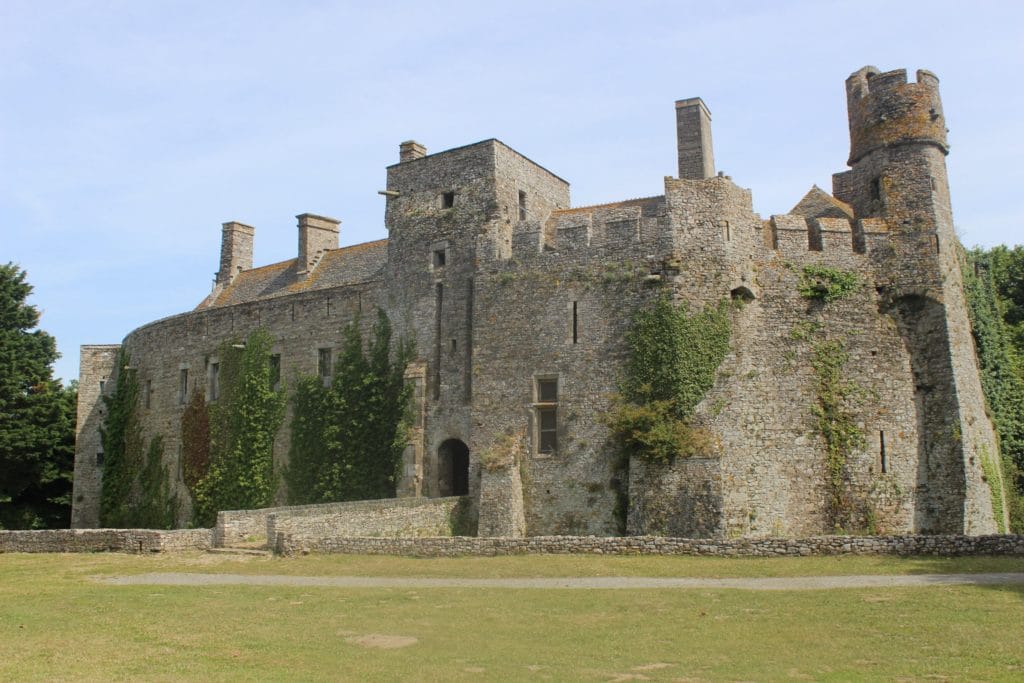
The castle was originally built out of wood on an island surrounded by three moats and five defensive gates in the 11th century. The stone version that stands today was built in 1146. Three of the gates remain as well as Saint Lawrence’s Chapel, the Court Room and the old stables. The chapel has been completely restored and has a magnificent wooden arched ceiling which resembles a boat hull. The same style is used in the refectory at Lucerne abbey. The Court Room was where the chateau’s lord would levy taxes and give judgement on disputes. It has been completely restored and is home to the Pirou Tapestry. The tapestry is created in a similar style to the Bayeux Tapestry and both are embroideries rather than tapestries.
Access to the chateau is via the stone bridge which replaced the drawbridge. There are two distinct parts to the Inner Courtyard. The Old Lodge was built at the time of Henry IV and is the first part of the castle to be restored. Three rooms can be visited here. The second part is the New Lodge which was built in 1708. It has been restored on the outside and was inhabited by farmers until 1968. At the far end of the Old Lodge is a doorway to the ramparts. You can also access a 15th century square tower and a 17th century tower.
History and Heritage
4. Chateau and Abbey at Saint-Sauveur-le-Vicomte
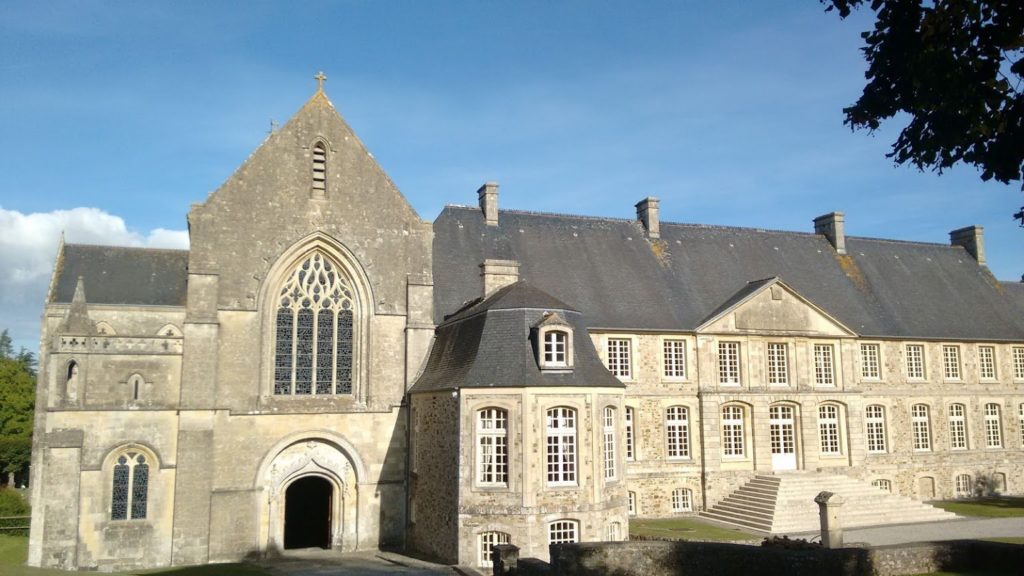
The origins of the castle in Saint-Sauveur-le-Vicomte date from the 10th century. It is English in style and was beseiged twice during The Hundred Years War when it was in English ownership for almost half a century. Parts of the château have been destroyed but the donjon is open for guided tours during July and August. You can walk around free of charge in the upper and lower courtyards admiring the remaining towers and castle walls.
Nearby is the Abbaye Sainte-Marie-Madeleine Postel; a Benedictine abbey founded towards the middle of the 11th century. The amazing abbatial church was largely restored in the 15th century having been partially destroyed during the Hundred Years War. You can visit the church free of charge between 10am – 12 noon and 2-6pm every day. Guided tours are also possible.
History and Heritage
5. Longues-sur-Mer Abbey
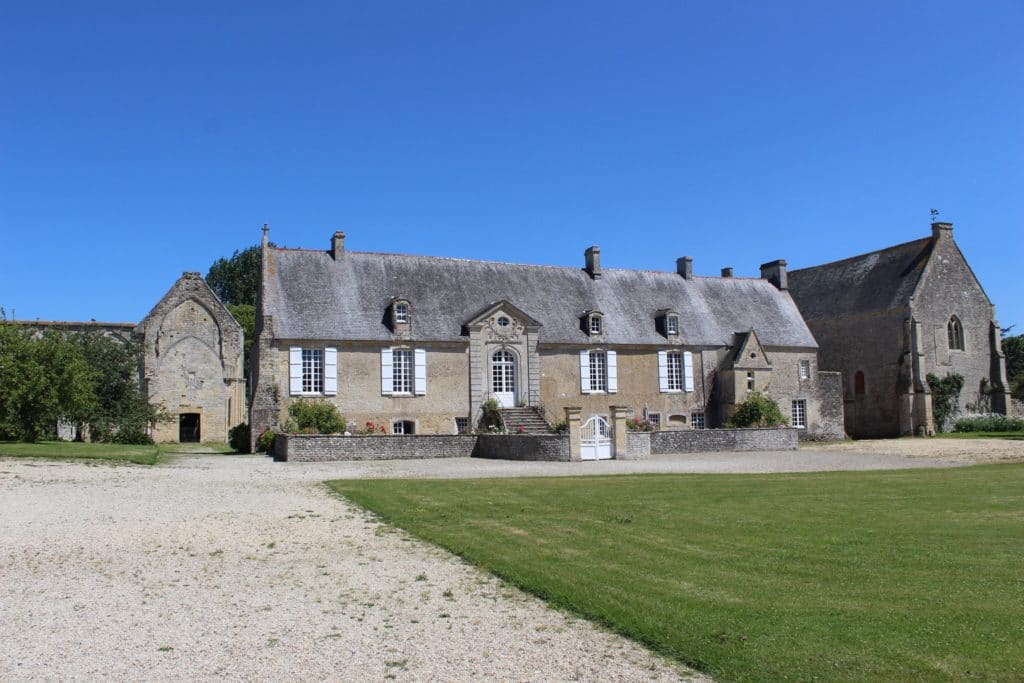
The abbey was founded in 1168 and the first monks came from Hambye Abbey. Many of the the buildings date from the 13th and 14th centuries. The western facade of the Abbot’s House was re-done during the 18th century.
In its heyday the abbey comprised the following building/structures:- a gatehouse, coach house, barn, abbey church, cloister, chapter room, refectory, kitchen, scriptorium or library, infimary, lay quarters, abbot’s house, dovecot, farm buildings and various gardens. The cloister was in the centre with the other buildings accessible from it.
Similar to many other Normandy abbeys, the abbey fell into decline starting in 1526. Successive abbots didn’t invest in the abbey and by 1640 the nave of the church had fallen into ruin. As a result, the abbey eventually closed in 1782. Some of the stones were quarried and further decline continued until 1915 when it was designated as an historical monument. An American, Charles Dewey, bought the abbey in 1932 and started the restoration process. In 1964 the abbey was sold to the French d’Angeljan family who have continued to restore it and bring their piece of Normandy heritage to life.
History and Heritage
6. Coutances Cathedral
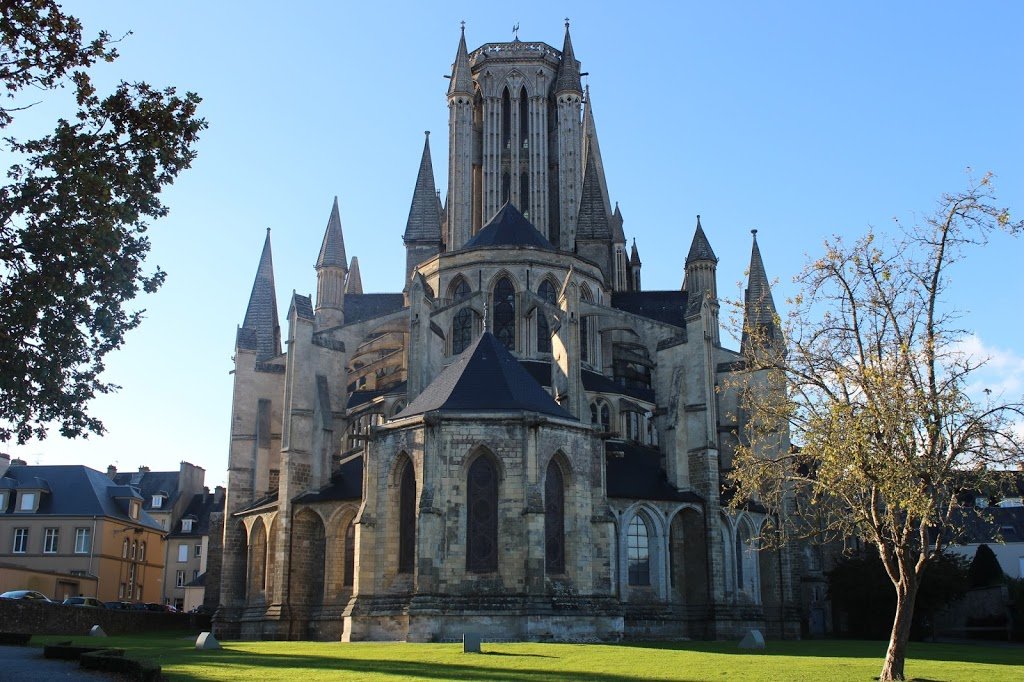
Coutances Cathedral was consecrated in 1056 at a ceremony attended by William Duke of Normandy (William the Conqueror). The building was commissioned by Bishop Geoffroy de Montbray and was built in the Norman style. The bishop accompanied William to England in 1066 and returned with gifts for the cathedral. In 1247 the present cathedral was completed in a gothic style and built over the top of the previous cathedral. Behind many of the walls and towers are the remains of the Norman cathedral which you can see on a guided tour of its upper parts. You also get to walk past the upper stained glass windows and the corridor directly underneath the lantern tower. The cathedral is open every day and entry is free.
7. The Abbey Church in Caen
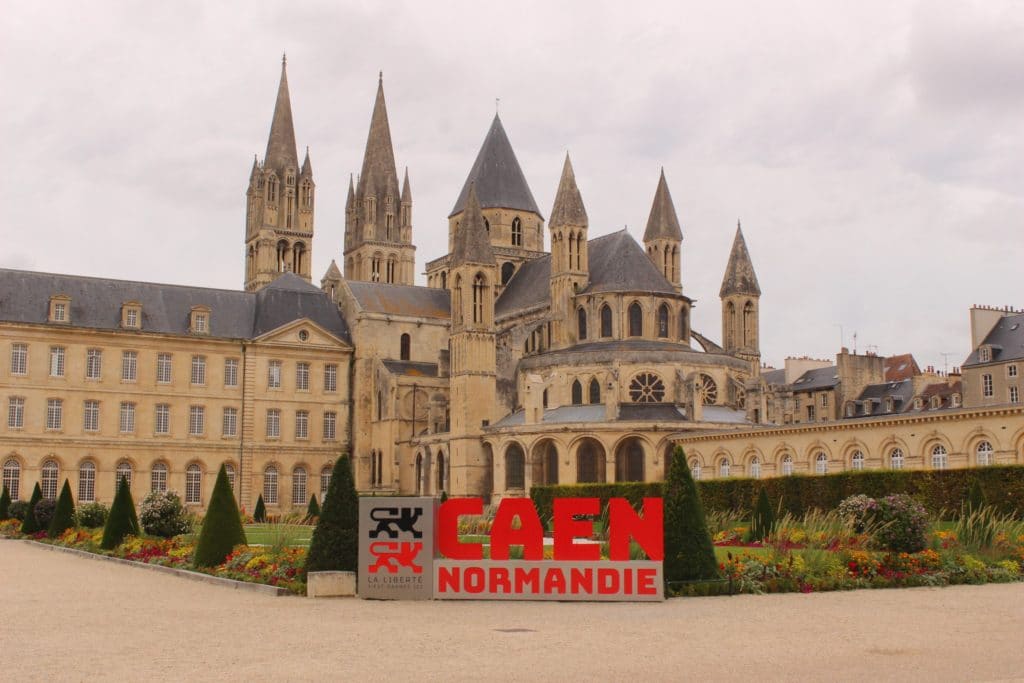
The abbey church of Saint-Étienne is part of the Abbaye aux Hommes (the Men’s Abbey). The abbey is a former Benedictine monastery founded in 1063 by William the Conqueror and has one of the largest Romanesque churches in France. It was almost complete in 1077 and therefore was consecrated that year on 13th September in William’s presence. Only the last two bays of the nave and the West façade with its two towers were still to be built. These additional features were completed in 1090.
William chose Caen as he wanted to make the town the capital of the Duchy of Normandy. The building work was rapid due to funding received following the Battle of Hastings as well as readily available materials such as Caen stone and wood.
The Abbey’s Architecture
The Romanesque nave dates from the 11th and 13th centuries. An important ribbed vault featured was added in about 1120, and was the first time it had been used in France. This abbey, together with the nearby Abbaye Aux Dames, is considered to be a forerunner of the Gothic style. The original Romanesque apse was replaced in 1166 by an early Gothic chevet, complete with rosette windows and flying buttresses. Nine towers and spires were added in the 13th century. The choir was rebuilt in the thirteenth century in a Gothic style.
Architectural details of note include the galleries on the first and second levels: the Halbout Chapel; the clock in the North transept gallery installed in 1744; the grand organ made in 1744; the lantern tower; and the rail surrounding the choir. William’s wife Matilda died in 1083 and was buried in the Abbaye aux Dames in Caen. In 1087 William died in Rouen and his body was sent to Caen to be buried in the abbey church as he had requested. Although his tomb has been disturbed a number of times it can still be visited today.
There are many more Normandy heritage buildings with a fascinating history and heritage. These include the abbey at Mont-Saint-Michel, Bayeux cathedral, Lessay abbey, the chateau at Gratot, the chateau at Carneville and the church in Villedieu-les-Poêles. You can read about Normandy heritage on the Normandy Tourist Board website.
